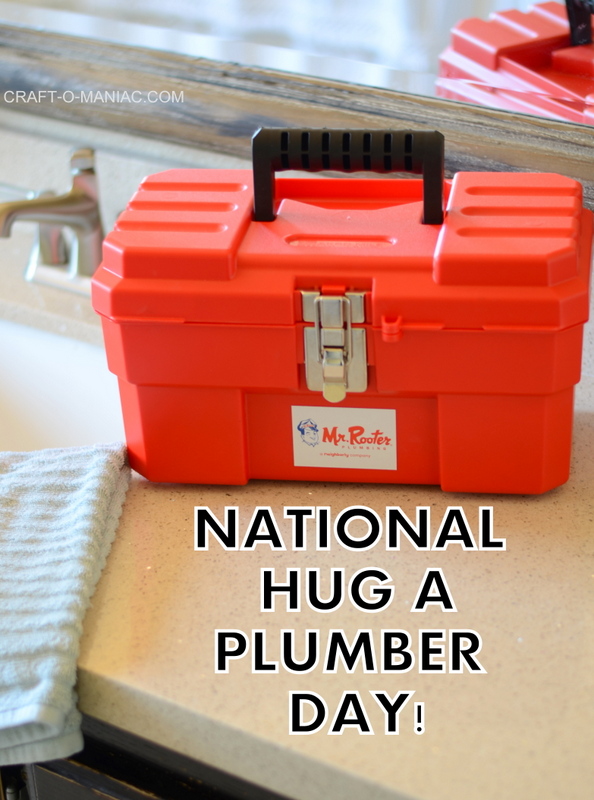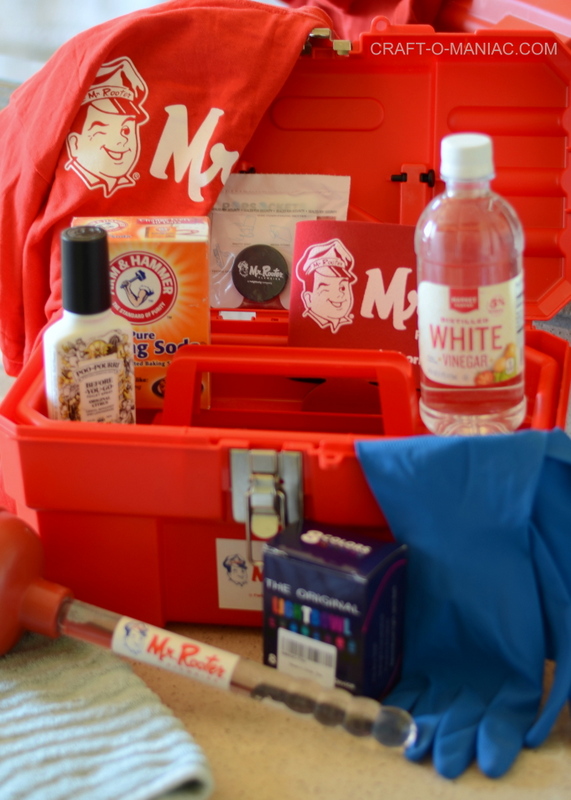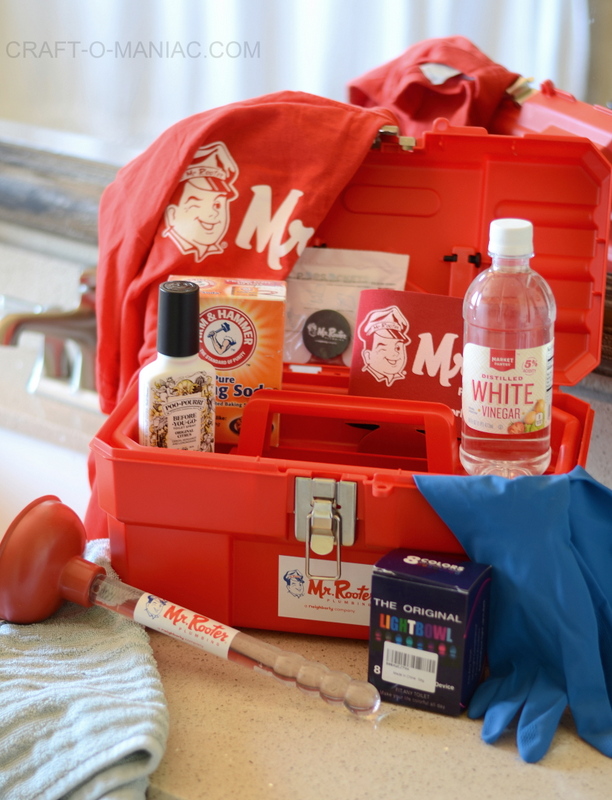DIY Plumbing-How To!
I bet you guys didn’t know that today is “National Hug a Plumber Day”. You know our pretty bathrooms and, sinks, and faucets, and farmhouse sinks and all that stuff that make our bathroom or kitchens extra special, aren’t anything if we don’t have proper plumbing. When we bought our 42 year old fixer upper (still fixing) my hubby had to do his own DIY plumbing in our downstairs bathroom for our new DIY vanity and sink, as well as the leaking toiled that he completely took apart and removed. I am so grateful for proper plumbing, for plumbers, for great toilets, sinks, and all the plumping that goes with it. If you personally know of a plumber give them a hug and thank them for all their hard work.
How to unclog a drain
- A bent wire hanger – Use a regular wire coat hanger and straighten it out as much as possible. Bend one end to create a hook, push it through the drain and start fishing. Hair, and all the build up aka gunk, should pull out. Once it’s all pulled out, run the hot water and it should clear up.
- Baking soda and vinegar – Concoct a mixture of 1/3 of a cup of baking soda and 1/3 of a cup of vinegar. Once combined, it will start to fizz. Pour it immediately down the drain and the fizzing action will help break down the gunk, hair and grime. Let it sit for about an hour (overnight is even better) and than flush it with hot water. You can also pour the dry baking soda down the drain first and chase it with the vinegar.
- Boiling water – Probably the easiest tip of them all! Boil up as much water as your kettle will hold and slowly pour it down the drain in two or three stages, allowing the hot water to work for several seconds between each pour.
How to unclog a toilet
Do not keep flushing because the toilet will over flow. Find a plunger and make sure you have a good connection with the plunger and the toilet. Once it’s connected properly, begin the plunging monition with a good amount of force behind it. The goal is to push the blockage through. Be quick and repetitive with the plunging motion and keep your eye out for movement in the toilet, which means the blockage is being pushed through. Make sure the water is draining before you try to flush the toilet. Never pour a chemical drain cleaner down your toilet; harsh chemicals can irritate your skin and eyes or cause damage to your plumbing pipes. If you can’t repair a clogged toilet on your own, contact a professional plumber for assistance.
How to fix a leak
Leaks are caused by a variety of factors, some of which you may be able to address on your own. In many cases, leaky faucets and showerheads are due to mineral buildup; you can remove mineral buildup easily with vinegar and a toothbrush to eliminate drips and restore normal water flow. If this doesn’t solve your problem, your faucet may have a damaged or deteriorated rubber ring inside. Solving this problem requires taking your faucet apart or, in extreme cases, replacing the faucet—these tasks are generally best left to a professional plumber.
How to fix a running toilet
- Turn off the water: your toilet should have a valve near its base that can shut off the water. Ignore the righty-tighty rule and turn it counterclockwise to shut off the water.
- Check the tank: remove the cover, and lift your float ball or cup high until it stops running. Hold it there for a moment until your toilet stops running completely.
- Grab some rubber gloves and a plunger: put your gloves on right away. If you’re feeling sick from the smell, grab yourself a dust mask, too. Dust masks will keep splashes off your face and keep you more sanitary.
- Use a bucket and a small bowl to remove some of the excess water: don’t pour this down another drain! Keep the bucket, and pour this wastewater down your toilet when it’s fixed.
- Center your plunger on the hole in your toilet bowl: apply downward pressure in a slow, steady motion. Take your time, and increase the pressure and speed to unclog your toilet. Plungers can get rid of recent clogs and get your toilet running properly again. If the plunger doesn’t work, use a toilet auger to clean out a strong clog or a foreign object stuck in the toilet. Follow the instructions on your auger carefully, and don’t try to force it if you get a lot of resistance. You may feel some pressure once you clear a clog, so back it out slowly.
How to fix low water pressure
Especially disappointing in the shower, low water pressure can affect any fixture in your house. Most issues of low water pressure from certain fixtures are probably due to hard water deposits on the aerator of the faucet or shower head. If you have a regular problem with mineral deposits, you may want to consider having a filtration system installed to remove these minerals from the water coming into your house. Removable aerator tips and shower heads can be soaked in vinegar or a commercial calcium and lime remover for a few hours. You can also attach a bag filled with vinegar or commercial solution to a faucet or shower head for several hours to eat away at the buildup. You may be faced with a more complex issue if removing the buildup doesn’t fix the problem. If you have a sudden or significant reduction in water pressure, this would be a problem for a plumber to investigate.
How to clean the garbage disposal
Pour half a cup of baking soda into your disposal, followed by a cup of vinegar, adding slowly and letting the mixture fizz. (If you have a double-sink, plug the opposite side.) While this mixture if fizzing, bring a pot of water to boil. Very carefully, pour the boiling water down the drain to rinse away debris the fizzy mixture has loosened. Now fill the drain with 2 cups of ice, adding 1 cup of course rock/sea salt if you have it. Run the cold water, and the disposal. Finally, cut a lemon or lime in half, adding the halves to the drain one at a time, to deodorize your disposal. Repeat weekly, or daily if odors persist, until unwanted smells are eliminated.


